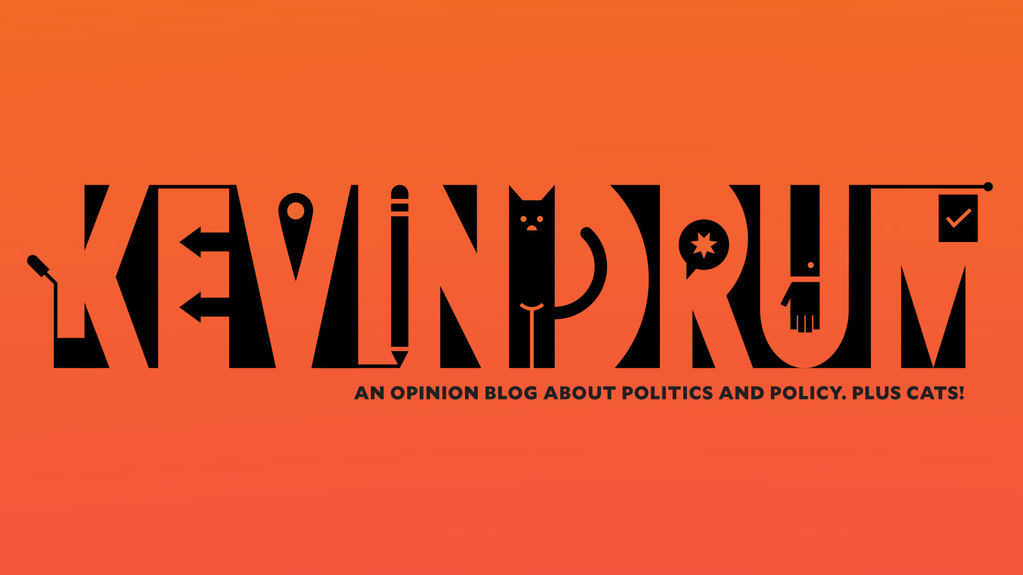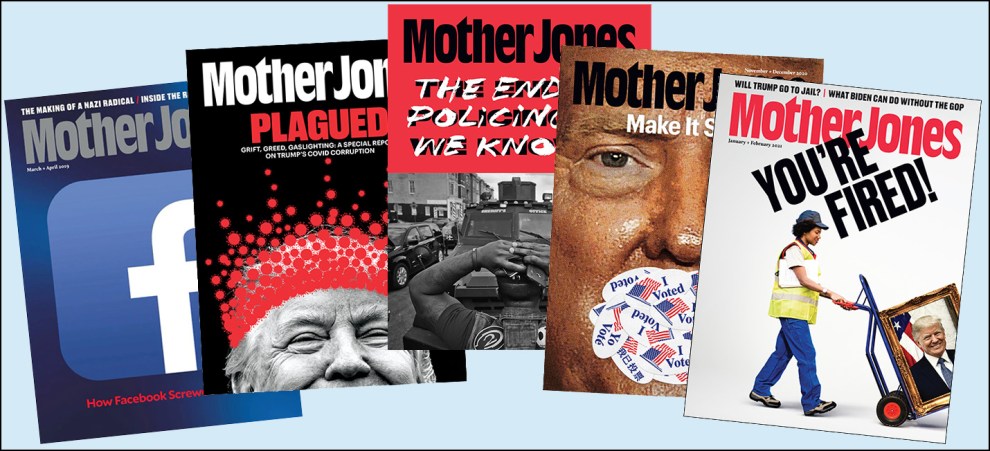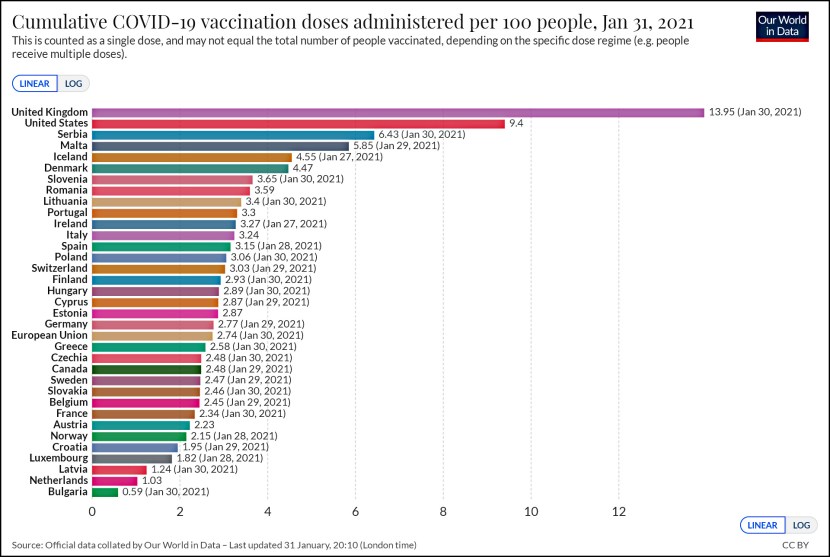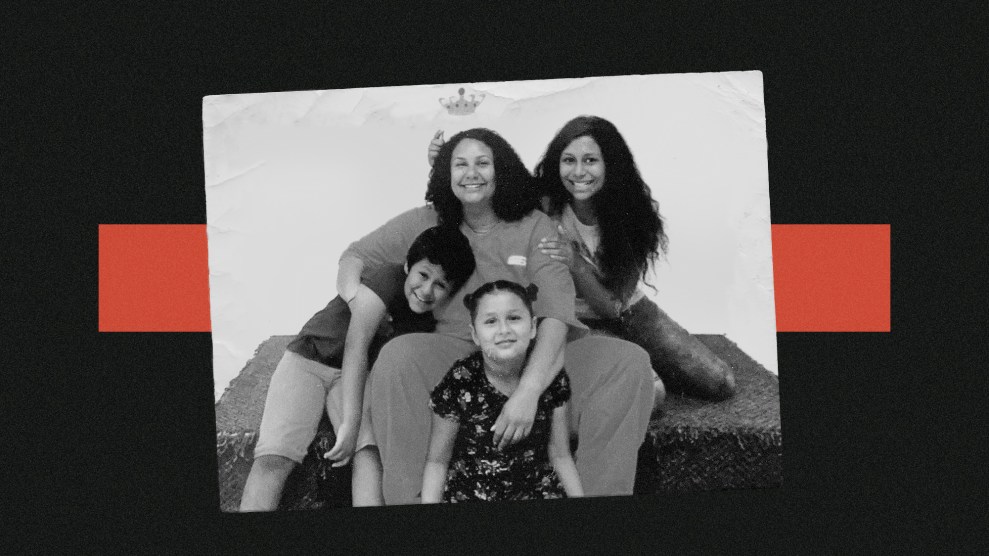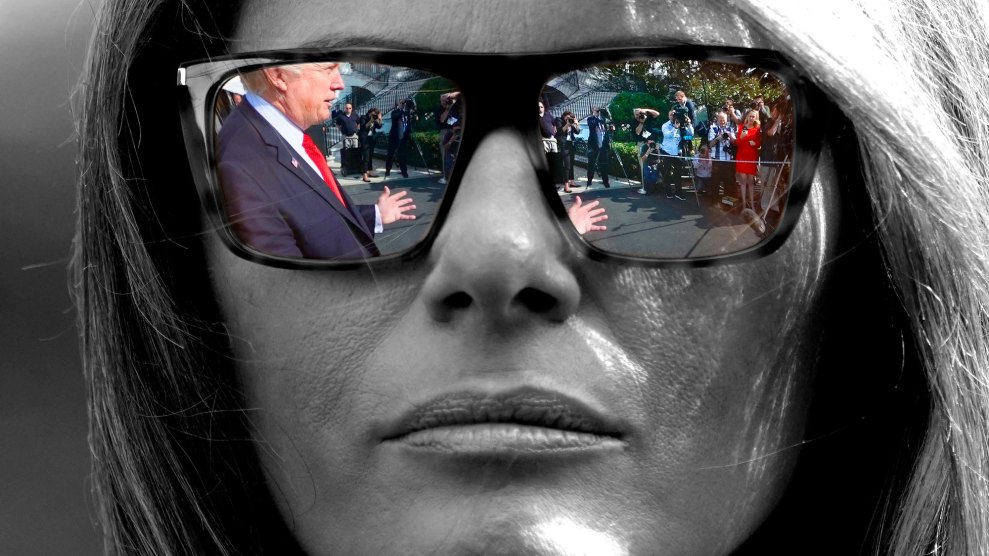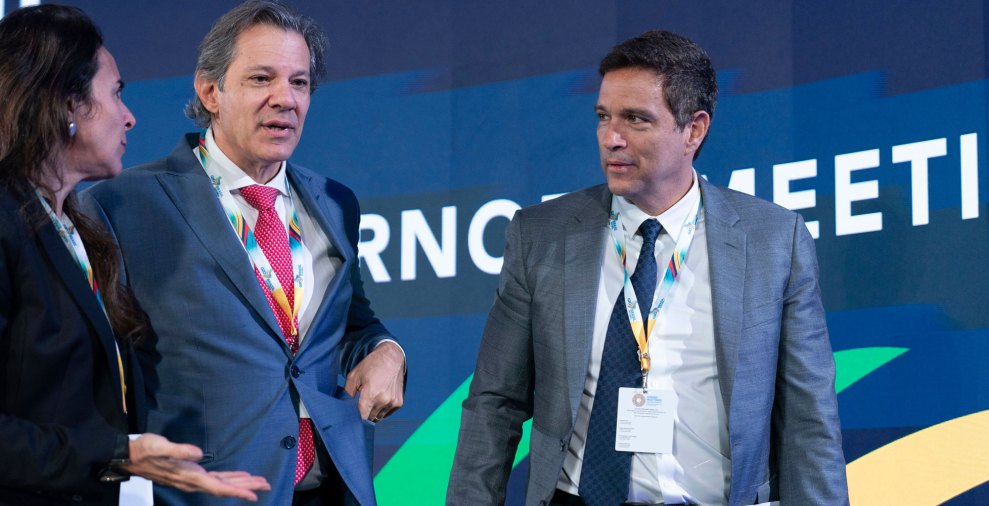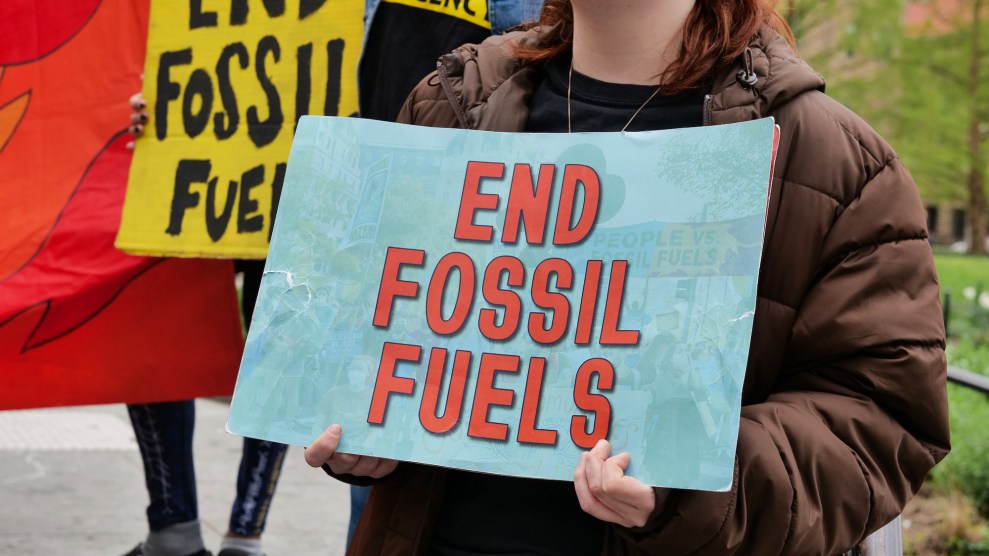Are Facebook and Twitter monopolies? Here’s a quick look:
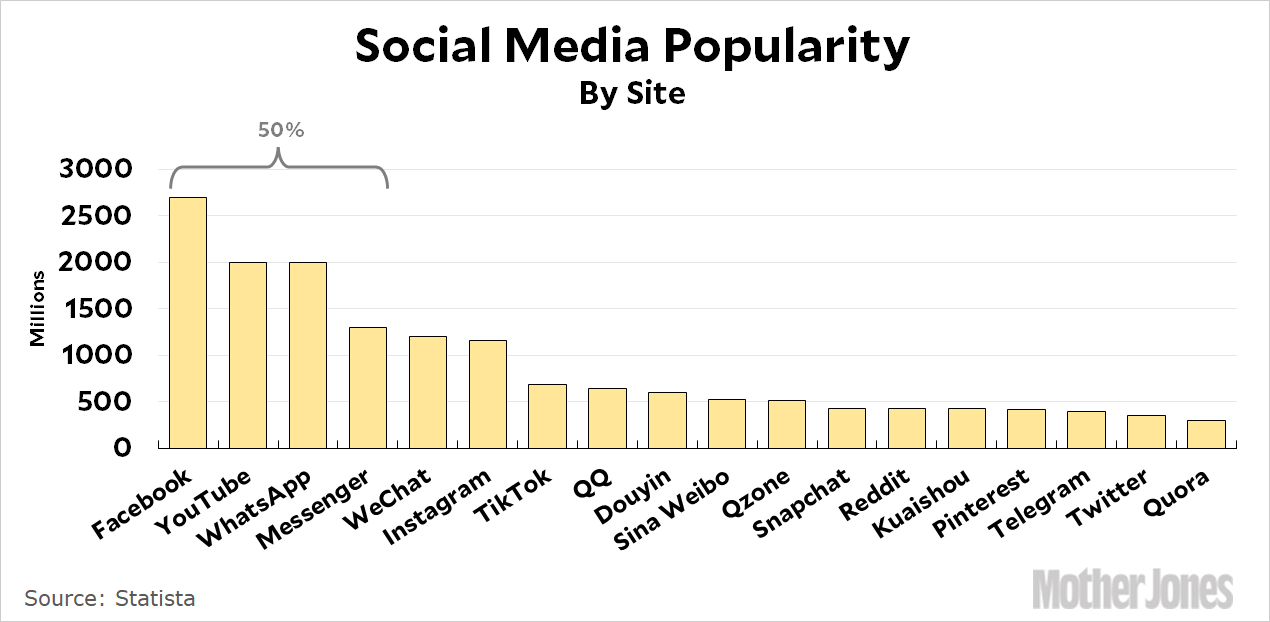
Facebook accounts for about 17 percent of all users, and the top four sites together account for about 50 percent. (Note that lots of people use multiple sites, so if you add up all the sites you’ll come up with far more than the 4 billion or so total users of social media.)
“Four firm concentration” is a quick and dirty way of assessing an industry, and a score of 50 percent is generally considered low to moderate. Just to give you an idea of the shape of things, here are some examples from the broad information services category:
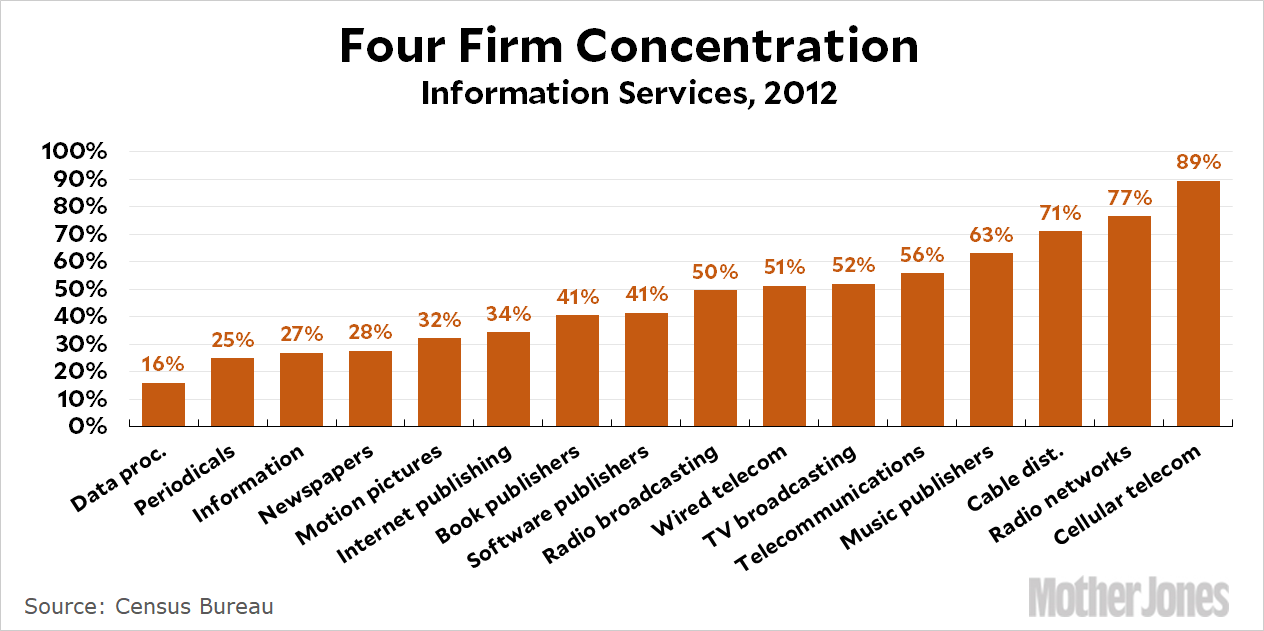
At 50 percent, social media slots into the middle third, along with book publishers, TV broadcasters, and music publishers.
Note that this is strictly a measure of social media users. There are specific areas, such as online advertising, where the concentration level is considerably higher. However, if your concern is strictly about the influence these companies have over eyeballs, social media looks fairly normal.


